This is an authentic Hungarian goulash recipe for one of Hungary's most famous dishes. It consists of tender beef pieces in a rich, delicious sauce made with lots of paprika and caraway seeds.
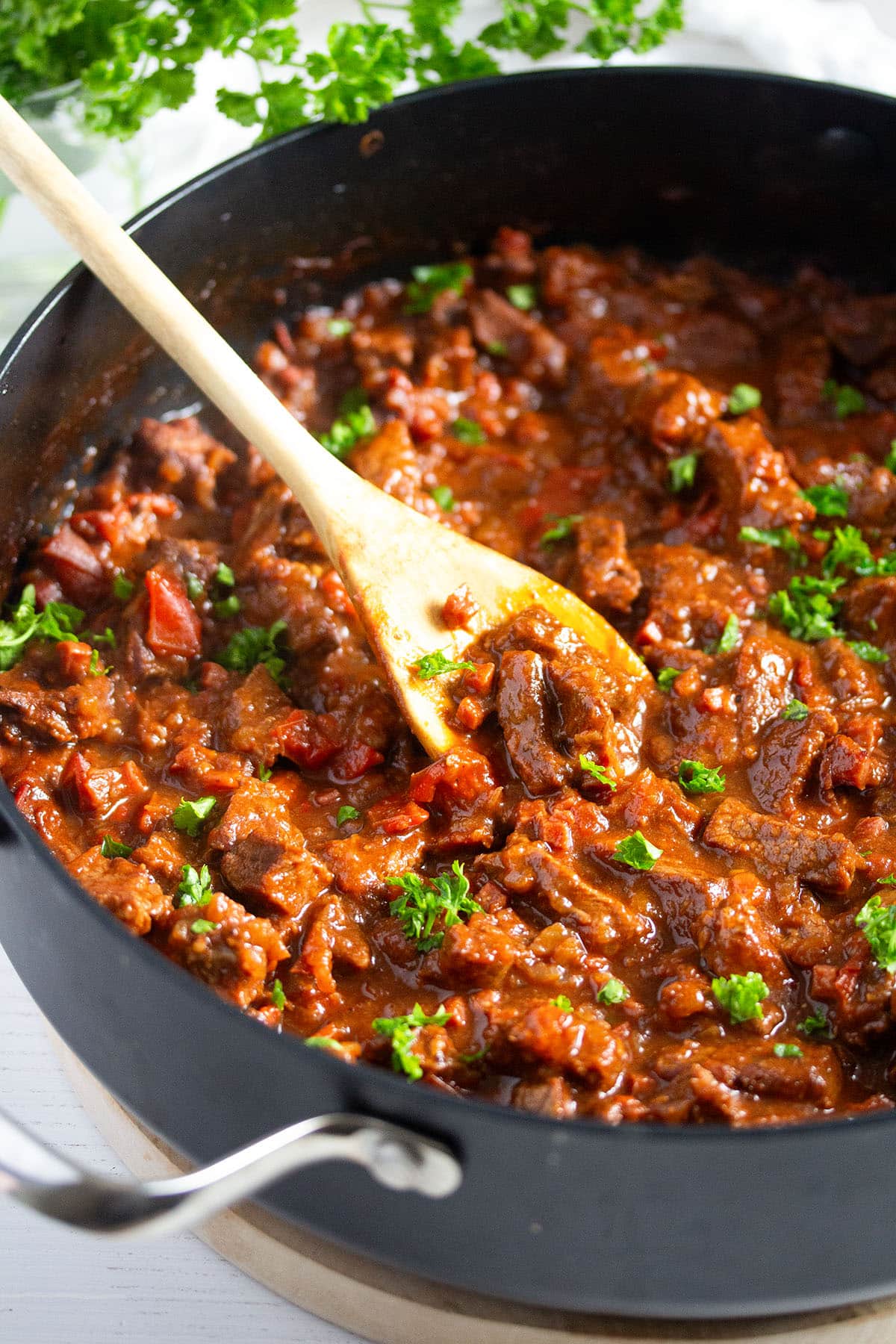
My Hungarian goulash recipe follows the rules of cooking an authentic Hungarian goulash and uses the ingredients found in a traditional goulash. The result is an incredibly rich, flavorful beef stew - comfort food at its best!
I am Romanian, and I was born and raised in Transylvania. A large Hungarian minority lives in Transylvania, so it is no surprise that many of the dishes I grew up with are Hungarian or heavily influenced by Hungarian cuisine.
Have a look at this amazing Chicken Paprikash with Dumplings, which was one of my favorite meals as a child (and still is), these delicious Hungarian Langos, which my grandmother used to make so often, or this amazing Dobos Torte, another Hungarian classic.
Jump to recipe
Recipe ingredients
Beef: I used chuck beef to make the Hungarian beef goulash. Beef chuck is a part of meat cut from the neck, shoulder blade, and upper arm. The meat has a lot of connective tissues, which makes it a very good choice for stews. The long cooking process tenderizes this rather tough cut, and the fat content ensures flavorful results.
Pork lard: An authentic Hungarian goulash recipe is definitely made with lard. If you cannot find it or don't want to buy it only for making just one dish, you can use neutral vegetable oil instead. Not olive oil, though.
- If you do buy lard, here are some more recipes using lard, all of them Romanian or Hungarian: Beigli , Apricot Jam Crumble Cake, or Skillet Fried Zucchini.
Paprika powder: Using the best paprika powder is essential for an authentic Hungarian goulash. Cheap paprika just doesn't cut it. Try the Chicken Goulash, too.
I always add more paprika than recipes call for, inspired by my grandmother's method of generously pouring it over the onions. For my goulash, I use mostly sweet paprika (both Amazon affiliate links open in new tabs) with a bit of hot Hungarian paprika (not smoked). Feel free to adjust the heat to your taste, but remember, Hungarian goulash isn't meant to be overly spicy.
Ground caraway seeds: Caraway seeds are a staple in Hungarian and Romanian/Transylvanian cooking.
Vegetables: I used red peppers to make the Hungarian beef goulash. While Hungarian pointy red peppers are ideal, red bell peppers work well too.
Beef broth: You can use beef broth or water. If you use broth, make sure that the broth is not too salty; it will cook down, and you might end up with a sauce that tastes too salty. Check out this Sausage Goulash, too.
See the recipe card for full information on ingredients and quantities.
How to make Hungarian goulash?
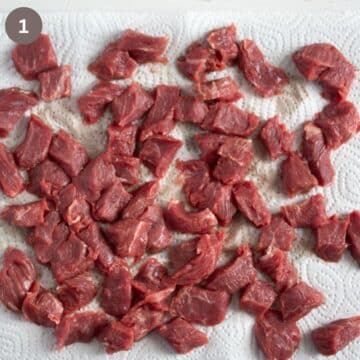
Step #1: Cut the beef chuck into small cubes. Dry them well on paper towels.
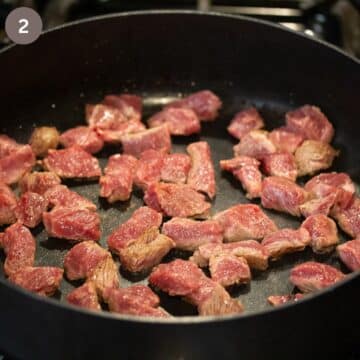
Step #2: Sear the meat in lard in 2 or 3 batches, depending on the size of your Dutch oven.
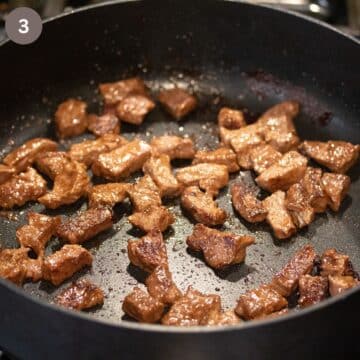
Step #3: Add more lard between the batches. Remove the meat from the pot.
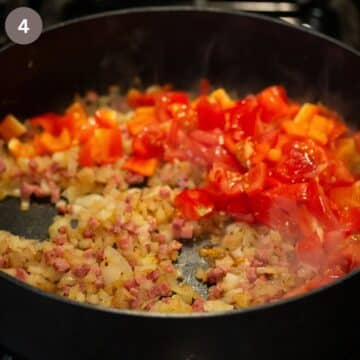
Step #4: Cook onions until very lightly colored. Add garlic, peppers, tomatoes, and bay leaves. Cook for another 3-4 minutes.
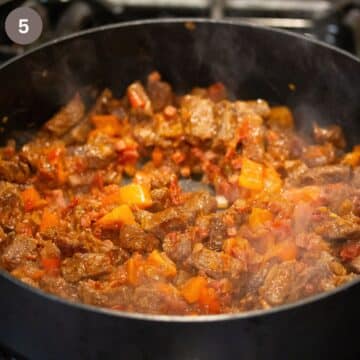
Step #5: Add spices, then tomato paste, and meat.
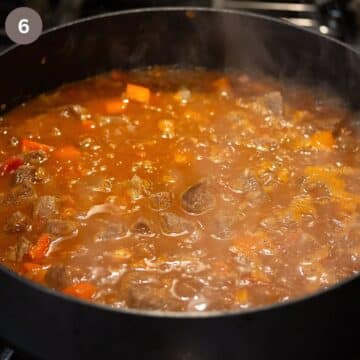
Step #6: Add broth, cover, bring, and simmer until very tender. Remove the lid and cook for 10-15 minutes, allowing the sauce to reduce and thicken slightly.
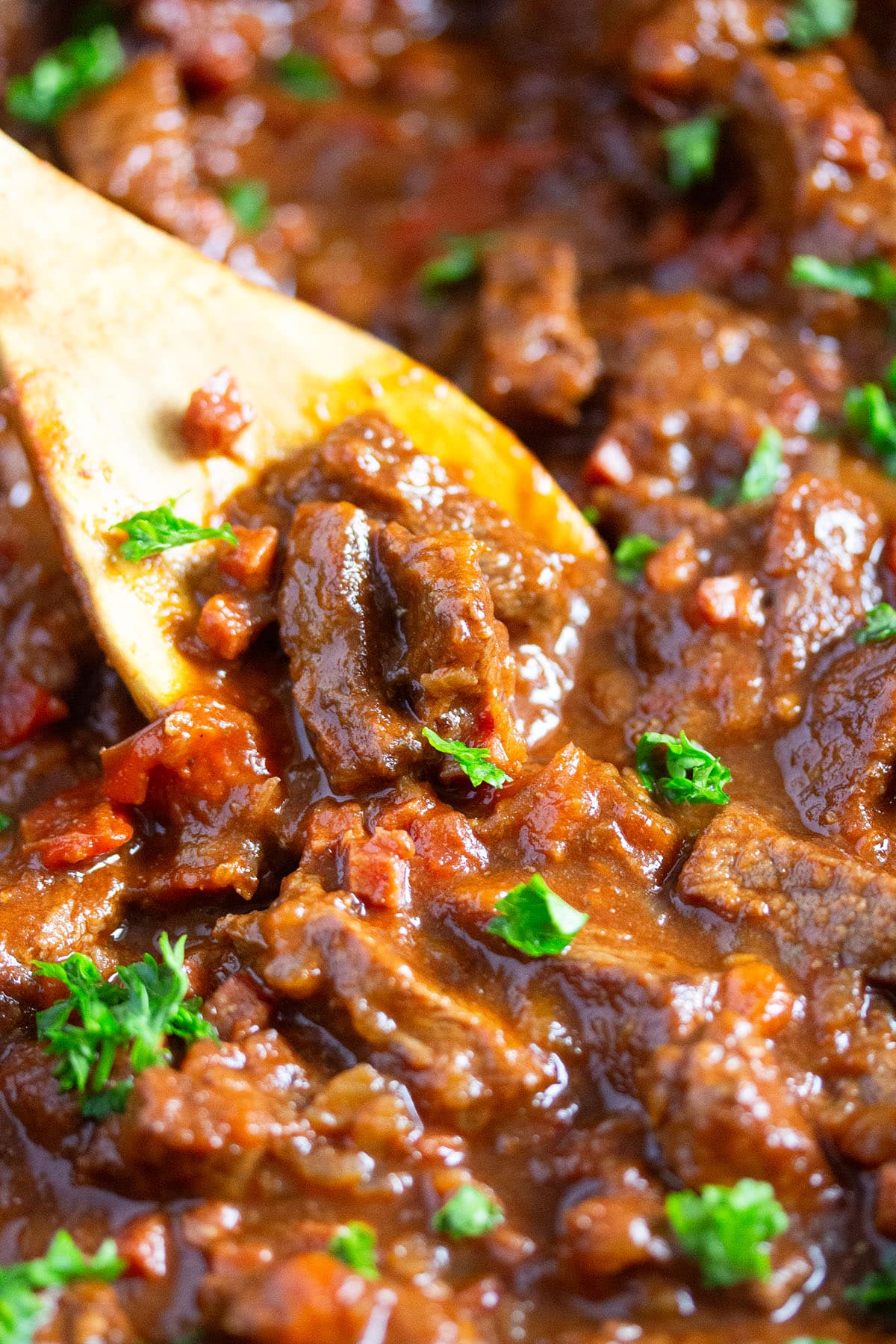
Good to know!
Before discussing authentic traditional recipes, it's important to note that while every national dish follows general guidelines and similar ingredients, it varies from region to region, village to village, and even house to house.
Take my grandmother's recipe for the Romanian national dish sarmale – cabbage rolls, for example. Her version tastes different from any other I've tried; even though my aunt and I follow her recipe exactly, our sarmale don't taste exactly like grandma's, either. It’s likely the same with Hungarian goulash.
This recipe adheres to the traditional rules and ingredients of Hungarian goulash, but I’m sure some people will have their own variations or critiques. Despite this, I’m excited to share this authentic Hungarian goulash recipe because it’s incredibly delicious and worth learning to make regularly.
Recipe FAQs
Yes. Here is a delicious recipe for Hungarian pork and potato stew. Another amazing Hungarian pork stew is the Hungarian pörkölt; you should definitely try it as well.
You can add potatoes; the Hungarian goulash will be less authentic but very good as well. Add small potato cubes during the last 30 minutes of the cooking time and add more broth to make sure that they are cooking properly. Check that the potatoes are soft before turning off the heat.
Make ahead, store, and reheat
Make ahead: You can make the goulash 1-2 days ahead.
Or you can store the leftovers for 3-4 days in an airtight container in the refrigerator.
Freeze it for up to 3 months. Thaw in the fridge, preferably overnight.
Reheat in a pot on the stovetop or in the microwave.
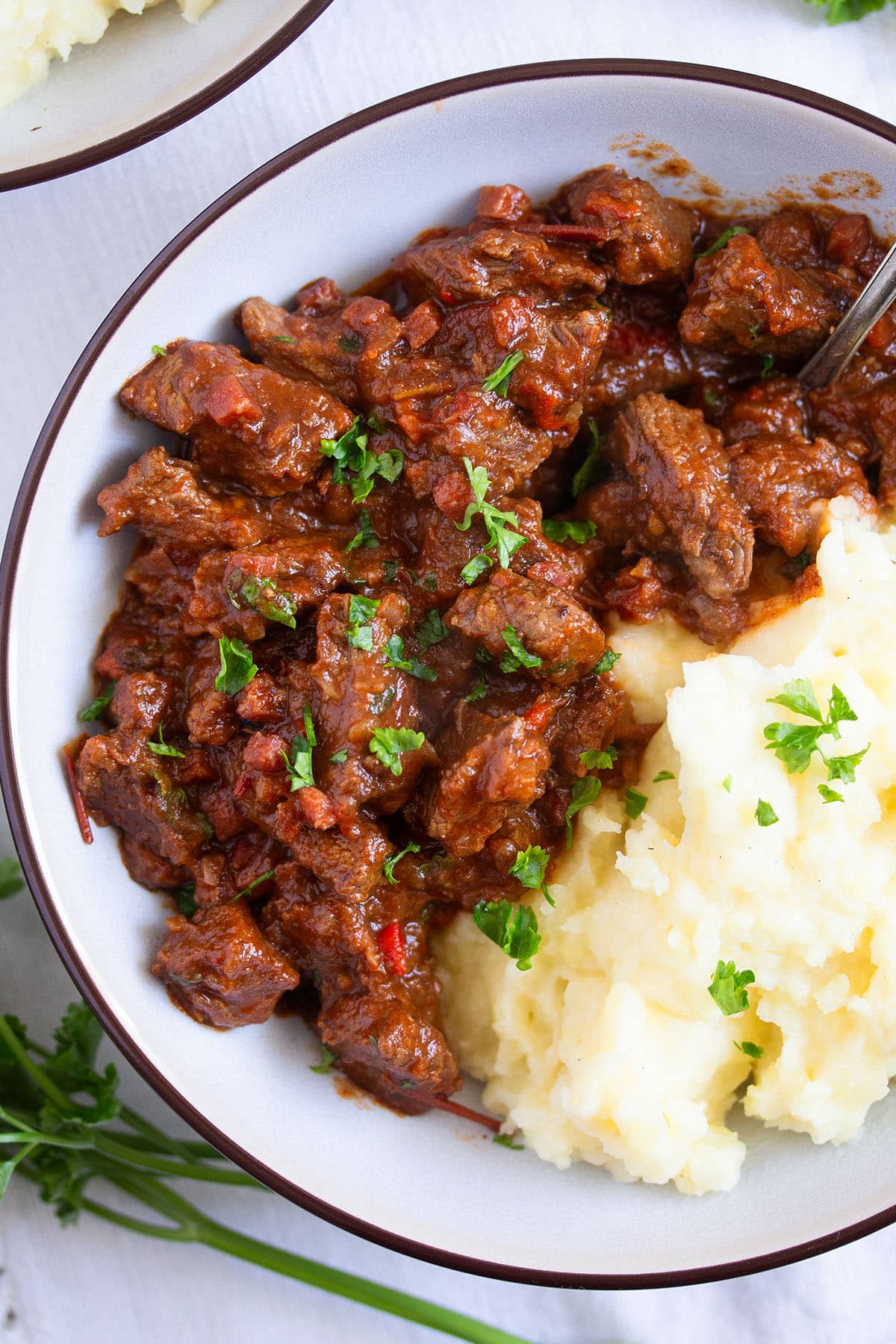
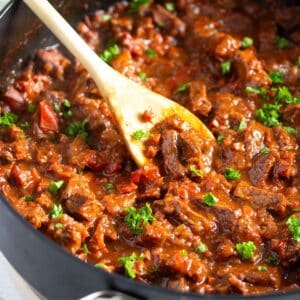
Traditional Hungarian Goulash Recipe
Equipment
- Large Dutch oven or heavy-bottomed pot
Ingredients
- 2 lbs stewing beef beef chuck
- 2 tablespoons lard or vegetable oil, divided, Note 1
- 2 onions about 300 g/ 10.5 oz
- 3 large garlic cloves
- 1 red bell pepper about 100 g/ 3.5 oz
- 2 tomatoes about 200 g/ 7 oz
- 2 bay leaves
- 2 tablespoons Hungarian sweet paprika powder
- ¼– ½ teaspoon Hungarian hot paprika powder to taste, the goulash should not be too hot (not smoked paprika)
- ¾ teaspoon ground caraway seeds
- 1 ½ tablespoons tomato paste
- 2 cups beef broth or water, Note 2
- fine sea salt and freshly ground black pepper
Instructions
- Cut the beef chuck into small cubes, about 0.7 inches/ 2 cm. Place them onto paper towels and pat them dry with more paper towels. Chop the onions very finely. 2 lbs stewing beef + 2 onions
- Sear the beef: Melt some of the lard (or oil) in the pot. Sear the beef cubes in 2 or 3 batches, depending on the size of your pot. Cook them for about 5 minutes per batch or until nicely browned on all sides. Add more of the lard before each batch. Transfer the meat to a plate and set it aside.2 tablespoons lard, divided
- Cook onions: Add about 1 teaspoon more lard to the pot and fry the chopped onions until very lightly colored, about 5 minutes, stirring often and keeping an eye on them. If they threaten to catch, add a splash of water and continue cooking.
- Add the minced garlic, chopped peppers and tomatoes, and bay leaves, and cook for about 3-4 minutes, stirring a few times in between.3 large garlic cloves + 1 red bell pepper + 2 tomatoes + 2 bay leaves
- Add both sorts of paprika and ground caraway. Stir well for about 1 minute. Add the tomato paste and stir well again. Add the meat cubes and the beef broth, stirring again.2 tablespoons Hungarian sweet paprika powder + ¼– ½ teaspoon Hungarian hot paprika powder + ¾ teaspoon ground caraway seeds + 1 ½ tablespoons tomato paste + 2 cups beef broth
- Simmer Hungarian goulash: Cover the pot, bring to a boil, lower the heat, and simmer the goulash until the meat is very tender, about 1 ½ – 2 hours. Check to make sure that the meat is really tender.
- Reduce: Uncover the pot and continue cooking the goulash for another 10-15 minutes until the sauce reduces and thickens slightly. Adjust the taste with salt and pepper.fine sea salt and freshly ground black pepper
Notes
- You can substitute lard for vegetable oil if you like. However, if using oil, you might need more than two tablespoons. Add as necessary between the batches and add a little bit more when cooking the onions.
- Broth: It's best to use low-sodium broth to ensure the Hungarian goulash doesn't become too salty. Water works well, too.

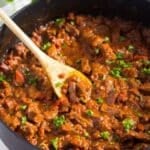
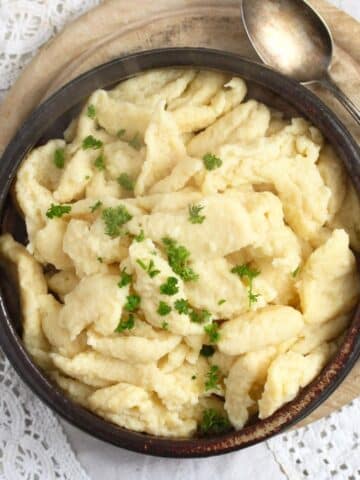
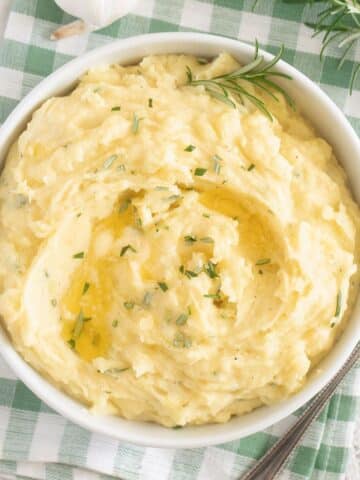
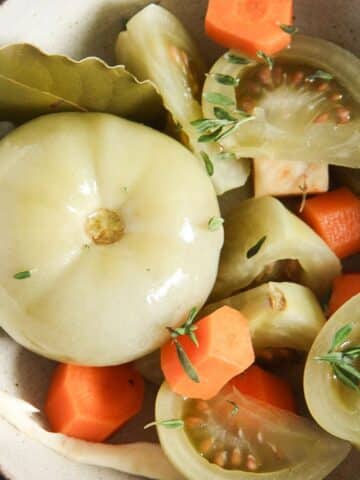
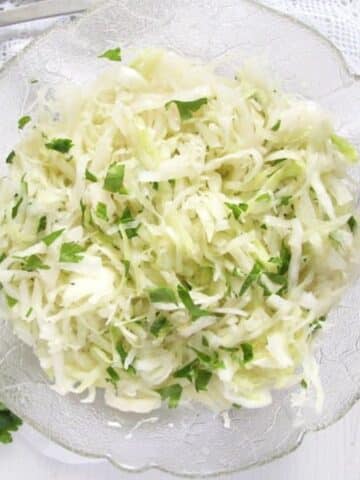
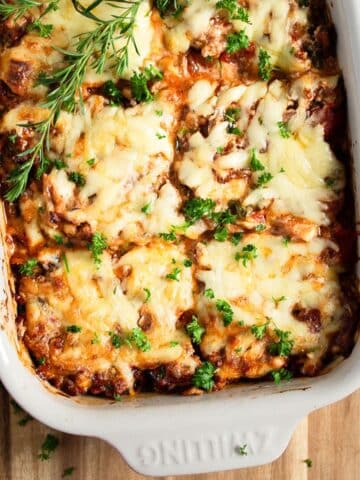
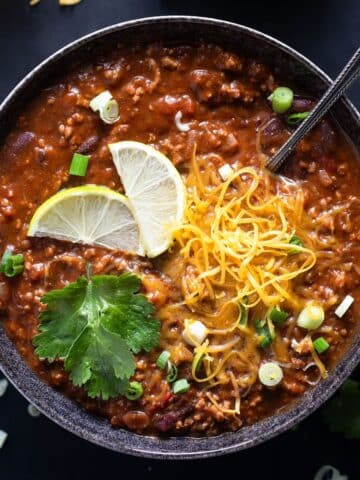
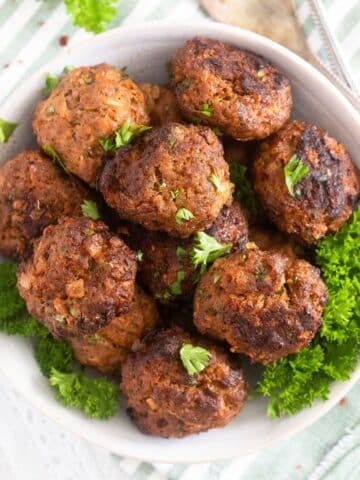
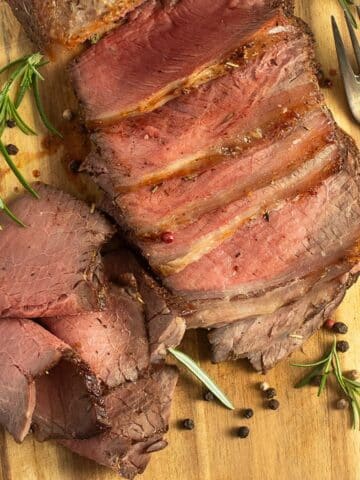

C.Cooper. says
This is like an old family recipe since my parents were Hungarian. I make it much the same but do diced tomatoes rather than tomato paste. I also add sliced carrots and chopped fresh parsley. Once cooked, I top it off with Nookedly
Adina says
Nokedly are the best!
William F Kirchgassner says
I made this recipe today and it's amazing! The beef I got was pre-cut for stew maybe chuck maybe not. Don't you hate it when people change up the recipe and then say it didn't come out right? Well, here it goes: a splash of red wine I'll try next time, after pan frying what was called for, I dumped it into my Instant Pot on slow cooker setting. I used one tomato and a can of diced w/chilies. A dash of oregano later and I'm licking the spoon! I'll be checking out your other recipes.
Adina says
Hi William. Thank you for the feedback. As long as the changes work, it's ok. I just don't want to hear it when they don't work. 😂
A goulash is forgiving, but never try to change a cake recipe, it almost never works there. I hope you'll try more recipes.
William F Kirchgassner says
I don't know if I'll be able to find pork lard. Are you saying that bacon fat is one in the same?
Adina says
You can use bacon fat, it's no problem. Vegetable oil is ok, too
William F Kirchgassner says
What do you think about substituting bacon fat for pork lard? When I try this, it will be in the slow cooker after browning the meat, onions etc. A little cornstarch slurry if ends up too soupy will work also. My friend's mother was from former Yugoslavia so I've had it before. I did a Google search for it and there you are!
Adina says
Pork lard would be perfect, it's also mentioned in the recipe card and that's what my grandma used most of the time.